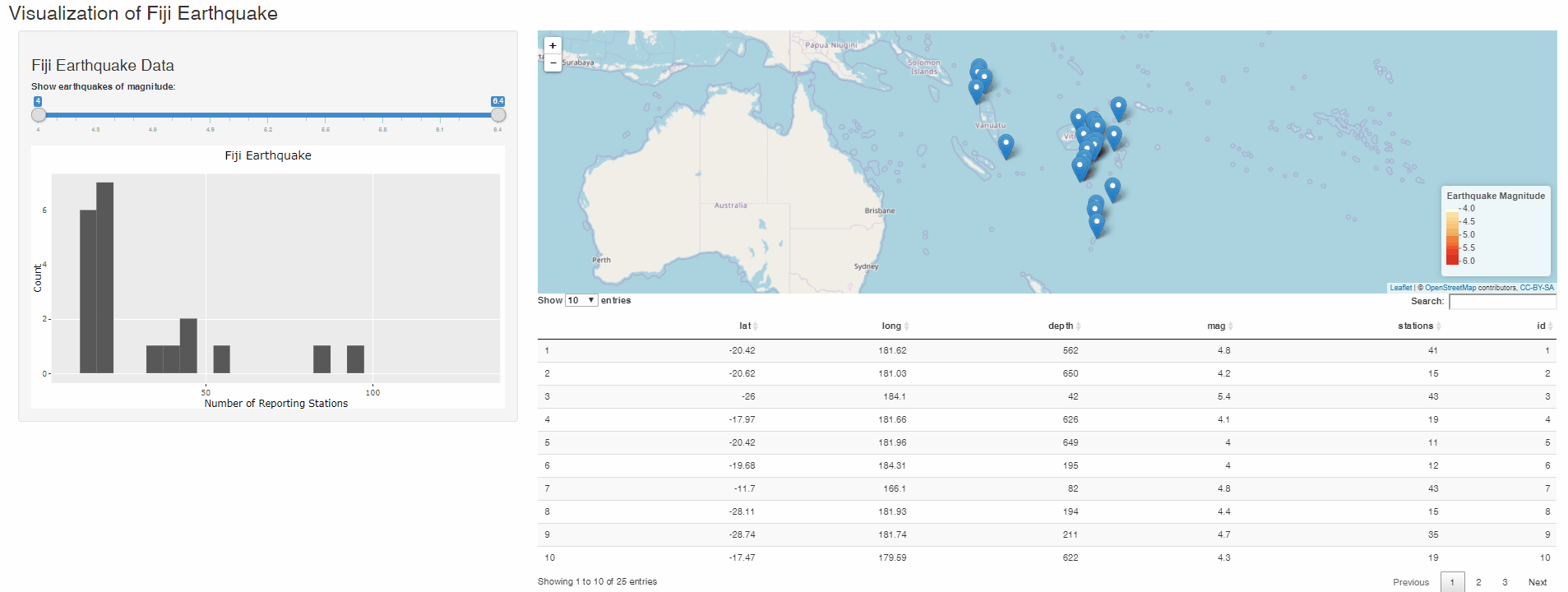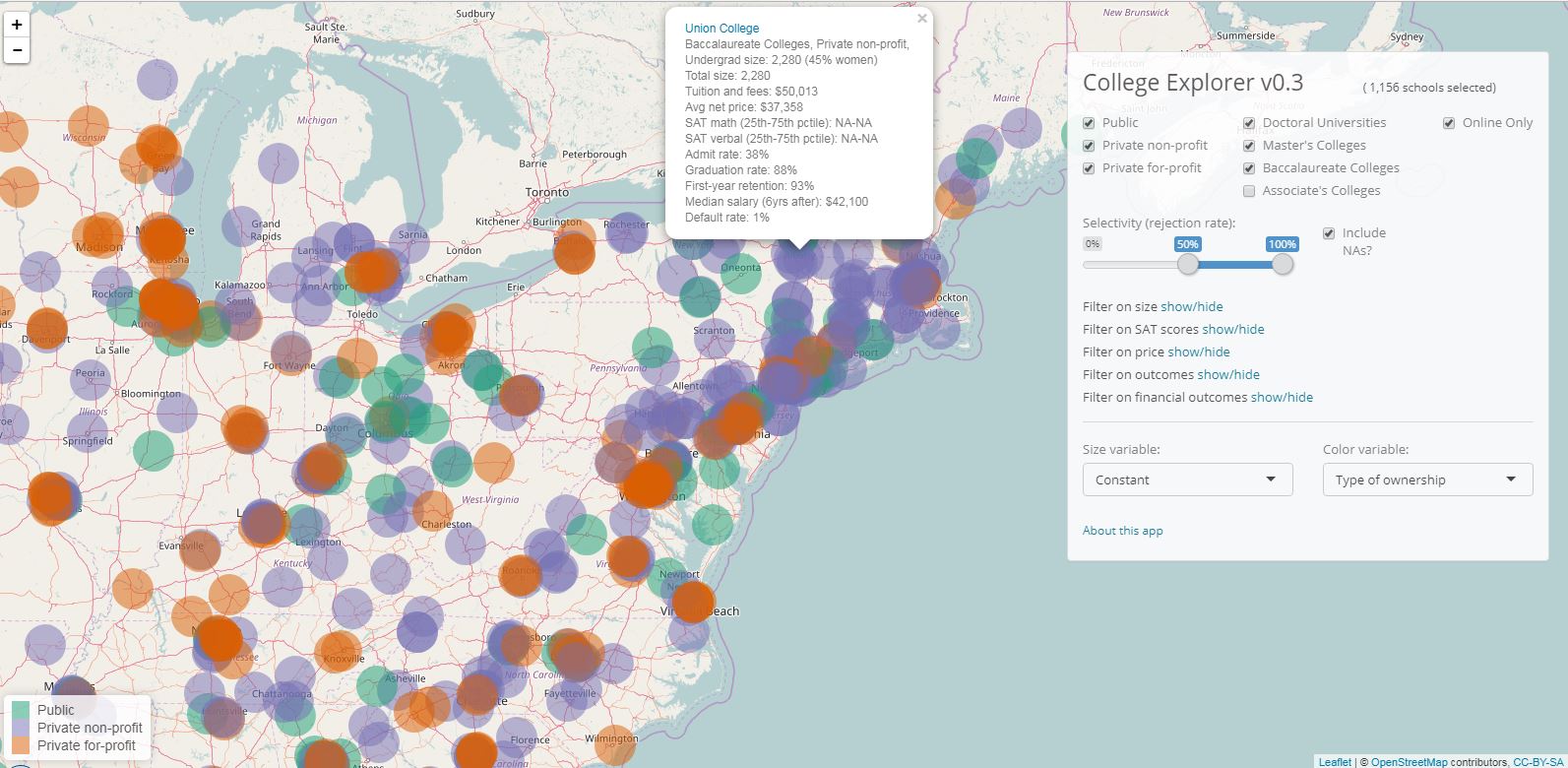R Leaflet Table
Leaflet for r introduction the map widget basemaps markers popups and labels lines and shapes geojson and topojson raster images shiny integration colors legends show hide layers choropleths projections additional features.

R leaflet table. You create a leaflet map with these basic steps. It is not specifically geared towards mapping but one can generate great maps. Sometimes however you want to interact with your data.
Ggplot2 is a widely used and powerful plotting library for r. Add layers i e features to the map by using layer functions e g. Here s a basic example.
This enables you to use auto completion feature of your favorite r ide like rstudio and not have to remember or look up supported tile providers. Leaflet makes it easy to take spatial lines and shapes from r and add them to maps. Addtiles addmarkers addpolygons to modify the map widget.
Interactive maps with leaflet static maps are useful for creating figures for reports and presentation. For the sake of simplicity it is very handy to use the pipe operator of the magrittr package ctl shift m in r studio. Since most of the leaflet functions use the argument data as their first one this approach makes your code a lot easier to read and you avoid.
As a convenience leaflet also provides a named list of all the third party tile providers that are supported by the plugin. 3 3 choropleth mapping with ggplot2. Create a map widget by calling leaflet.
The function leaflet creates a map widget. You can use the leaflet package for r to overlay your data on top of interactive maps. Repeat step 2 as desired.
The ggplot syntax is different from the previous as a plot is built up by adding components with a you can start with a layer showing the raw data then add layers of annotations and statistical summaries.
More from R Leaflet Table
- Outdoor Pod Hanging Chair
- Gubi Chair Wikipedia
- Zoflora On Wood Table
- Salcombe Holiday Cottage
- Baignoire Bouchée Plomberie
- Thibaut Open Spaces Wallpaper
- Modway Furniture Sale
- Stardew Valley Bachelors
- Swing Outdoor Chair
- 3 Inch Wood Table Legs
- G27 Steering Wheel Pc
- Leaf Table Lamp Gold
- Robinetterie Baignoire Villeroy Et Boch
- Baignoire Balneo Inconvenient
- Baignoire En Fonte Qui Rouille








